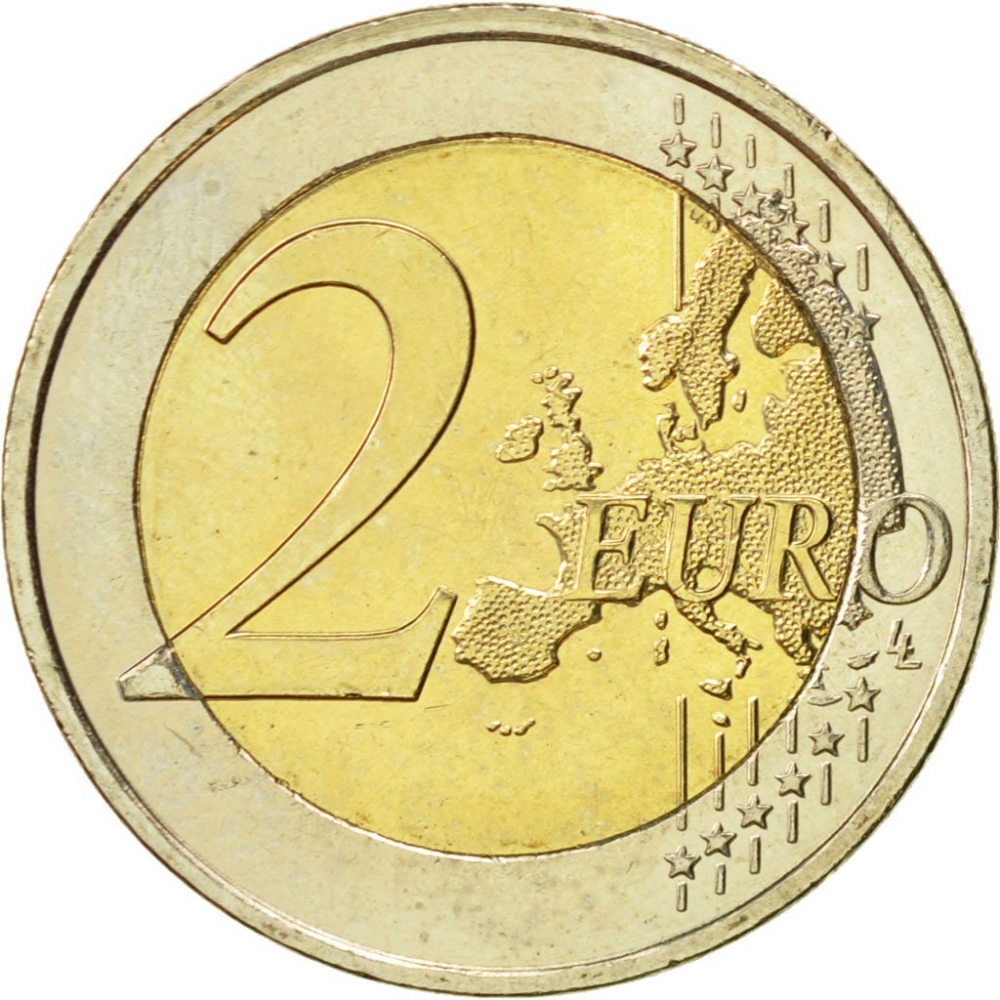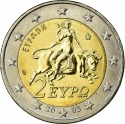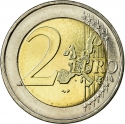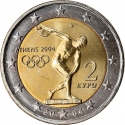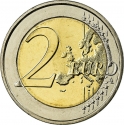You are about to finish your registration. Please check your mailbox (including spam folder). There should be a letter with a confirmation link. Check setting to make sure that your e-mail address is correct.
Send letter againDescription
The Battle of Marathon took place in 490 BC, during the first Persian invasion of Greece. It was fought between the citizens of Athens, aided by Plataea, and a Persian force commanded by Datis and Artaphernes. The battle was the culmination of the first attempt by Persia, under King Darius I, to subjugate Greece. The Greek army decisively defeated the more numerous Persians, marking a turning point in the Greco-Persian Wars.
In 490 BC, Darius sent a naval task force under Datis and Artaphernes across the Aegean, to subjugate the Cyclades, and then to make punitive attacks on Athens and Eretria. Reaching Euboea in mid-summer after a successful campaign in the Aegean, the Persians proceeded to besiege and capture Eretria. The Persian force then sailed for Attica, landing in the bay near the town of Marathon. The Athenians, joined by a small force from Plataea, marched to Marathon, and succeeded in blocking the two exits from the plain of Marathon. The Athenians also sent a message asking for support to the Spartans. When the messenger arrived in Sparta, the Spartans were involved in a religious festival and gave this as a reason for not coming to aid of the Athenians.
The Athenians and their allies chose a location for the battle, with marshes and mountainous terrain, that prevented the Persian cavalry from joining the main Persian army. Miltiades, the Athenian general, ordered a general attack against the Persians. He reinforced his flanks, luring the Persians' best fighters into his center. The inward wheeling flanks enveloped the Persians, routing them. The Persian army broke in panic towards their ships, and large numbers were slaughtered. The defeat at Marathon marked the end of the first Persian invasion of Greece, and the Persian force retreated to Asia.
The most famous legend associated with Marathon is that, according to Herodotus, an Athenian runner named Pheidippides was sent to run from Athens to Sparta to ask for assistance before the battle. He ran a distance of over 225 kilometers (140 miles), arriving in Sparta the day after he left. Later became popular a legendary but inaccurate version of this event where Pheidippides was running from Marathon to Athens after the battle, to announce the Greek victory with the word "nenikēkamen!" (we've won!), whereupon he promptly died of exhaustion.
The Battle of Marathon was a watershed in the Greco-Persian wars, showing the Greeks that the Persians could be beaten; the eventual Greek triumph in these wars can be seen to begin at Marathon. The battle also showed the Greeks that they were able to win battles without the Spartans, as they had heavily relied on Sparta previously. This win was largely due to the Athenians, and Marathon raised Greek esteem of them. Since the following two hundred years saw the rise of the Classical Greek civilization, which has been enduringly influential in western society, the Battle of Marathon is often seen as a pivotal moment in Mediterranean and European history.
Obverse

|
Depicts a synthesis of a shield and a runner/warrior symbolizing the battle for freedom and the noble ideals derived from the battle of Marathon. The bird on the shield symbolises the birth of western civilization in its present form. Surrounding the centre is the Greek inscriptions 'Marathon 2,500 years', the dates 490 BC and 2010 AD and the name of the issuing country. The initials ΓΣ (Γεώργιος Σταματόπουλος, Georgios Stamatopoulos) of the engraver and the mintmark (stylized acanthus leaf, Athens) on the left. The twelve stars of the European Union surround the design on the outer ring. ΜΑΡΑΘΩΝΑΣ 2500 ΧΡΟΝΙΑ |
|---|---|
Reverse

|
A geographical map of Western Europe spans the outer ring and inner core on the right side of the coin. The inscription 2 EURO is superimposed over the map of Europe, with the numeral “2” located in an open field representing the eastern Atlantic Ocean. 2 EURO |
| Edge |
HELLENIC REPUBLIC in Greek ΕΛΛΗΝΙΚΗ ΔΗΜΟΚΡΑΤΙΑ ★ |
Swap now (1 offer)
Characteristics
| Type | Commemorative Issue (Circulating) |
| Material | Bi-Metallic |
| Ring | Cupronickel |
| Center | Nickel Brass |
| Weight | 8.5 g |
| Diameter | 25.75 mm |
| Thickness | 2.2 mm |
| Shape |
|
| Alignment | Medal |
| Mint |
Bank of Greece
|

